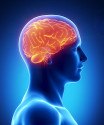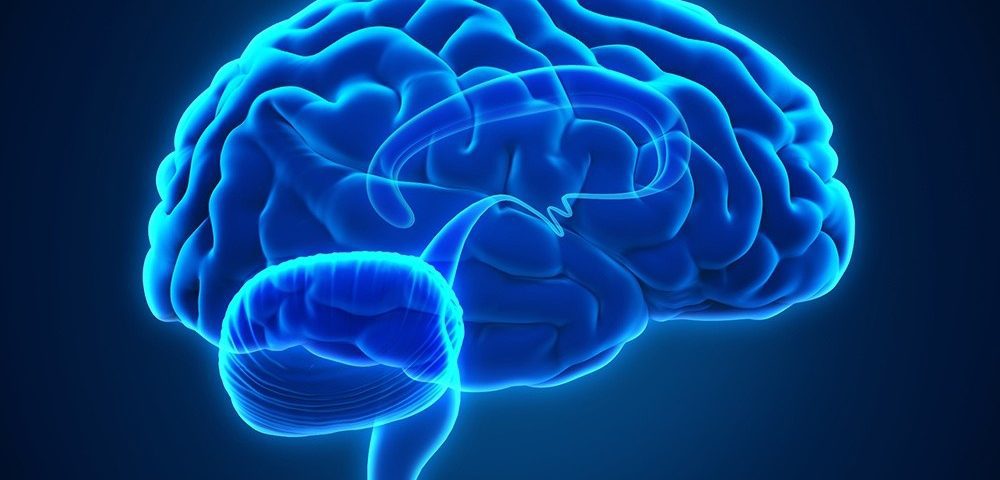- PATIENT FORMS | REQUEST A CONSULTATION | CONTACT US
- 1-844-NSPC-DOC
Brain Aneurysm: What You Need to Know

Pituitary Tumors with NSPC’s Dr. Michael Brisman
January 27, 2015Gamma Knife Radiosurgery for Acoustic Neuromas
February 4, 2015Caused by weak areas in the walls of an artery that supplies blood to the brain, brain aneurysms frequently cause no symptoms and can go unnoticed for many years. However, when a brain aneurysm ruptures, the blood that is released into the skull can cause a stroke. Symptoms of an aneurysm rupture can include:
Extremely painful headache
Acute neck pain
Nausea/vomiting
Blurred vision or extreme sensitivity to light
Change to speech patterns
If you or someone you know is experiencing symptoms of a brain aneurysm, it is an emergency that requires immediate medical attention.
Aneurysms are typically treated before a rupture or as a result of a recent rupture. Many factors are considered when deciding on a particular treatment. There are three primary types of brain aneurysm treatment:
Treatment Options
Observation – If an aneurysm has been discovered but is small and not causing symptoms, long-term observation is often the best course of treatment.
Coil Embolization – This treatment involves placing a tiny tube into the artery close to the site of the aneurysm. This helps to relieve pressure and prevent a rupture.
Surgical Clipping – A small clip is placed around the site of the aneurysm to isolate it from blood flow and greatly reduce the risk of it bursting.
If you have been diagnosed with a brain aneurysm, it’s vital to work closely with your physician to discuss risk factors and treatment options. Want to learn more? Contact a specialist at NSPC’s Cerebrovascular/Neuroendovascular Center at 516-300-1281
Learn More
To find out more about brain aneurysm causes, symptoms and treatments, watch this video

